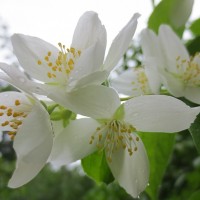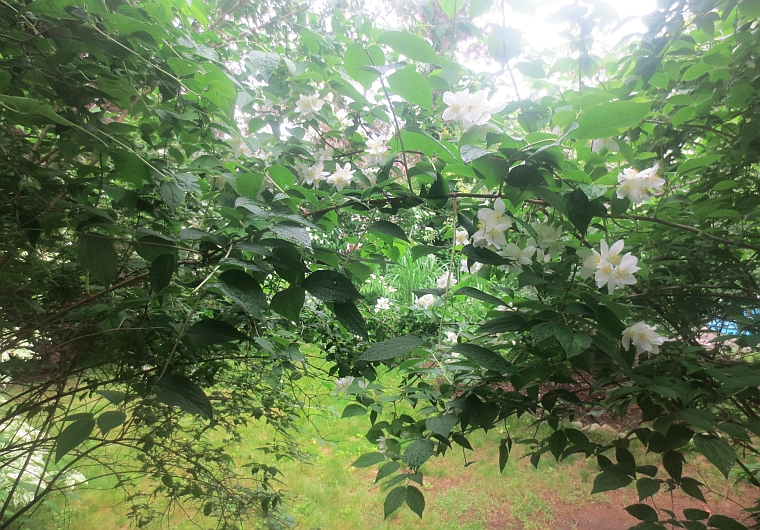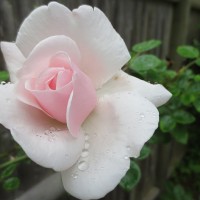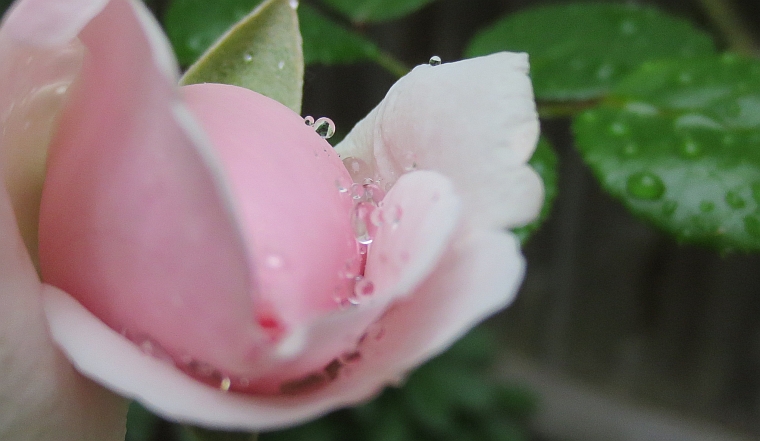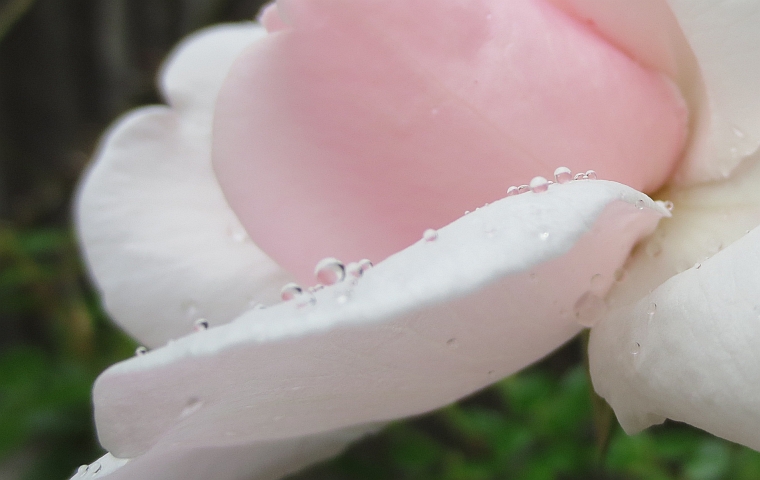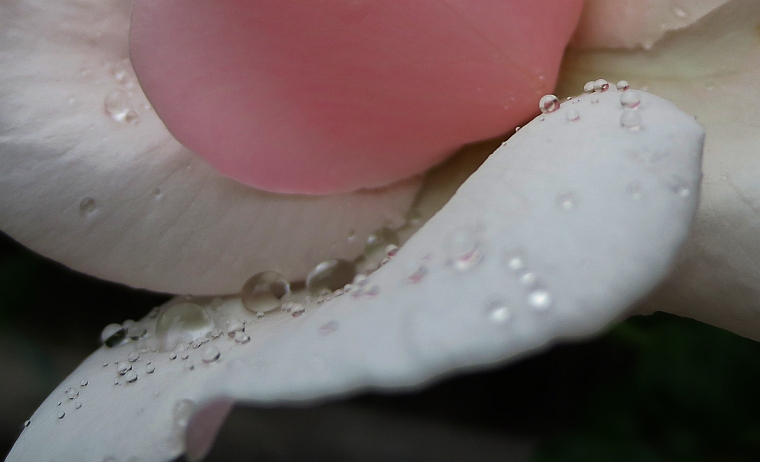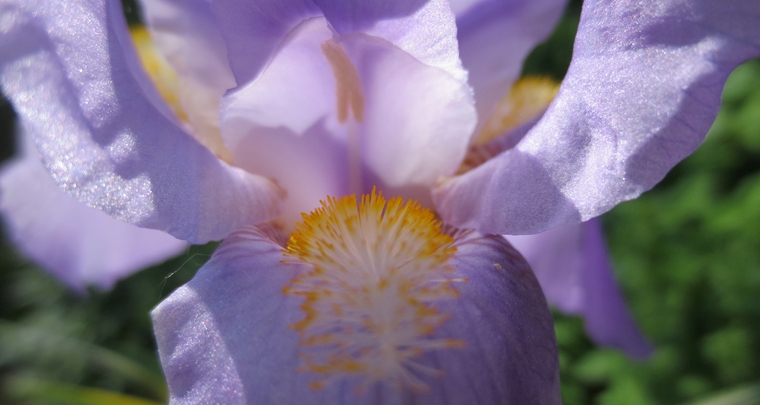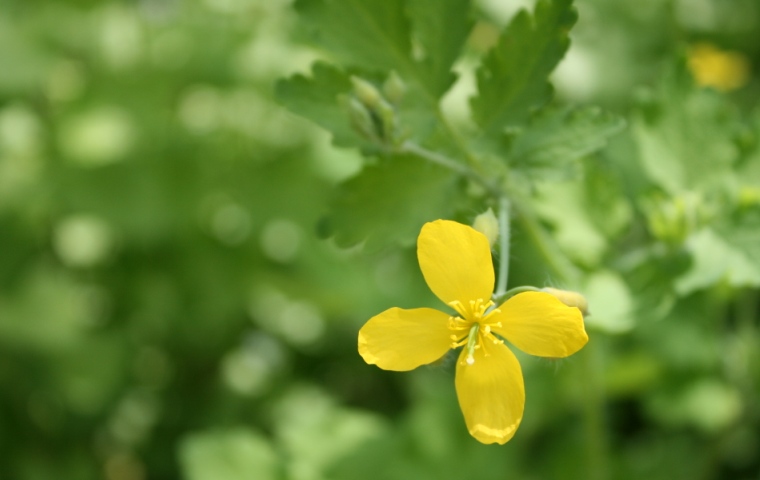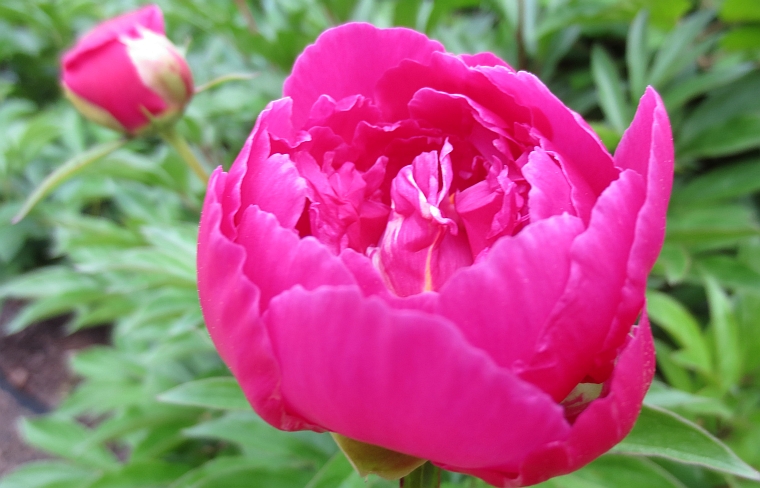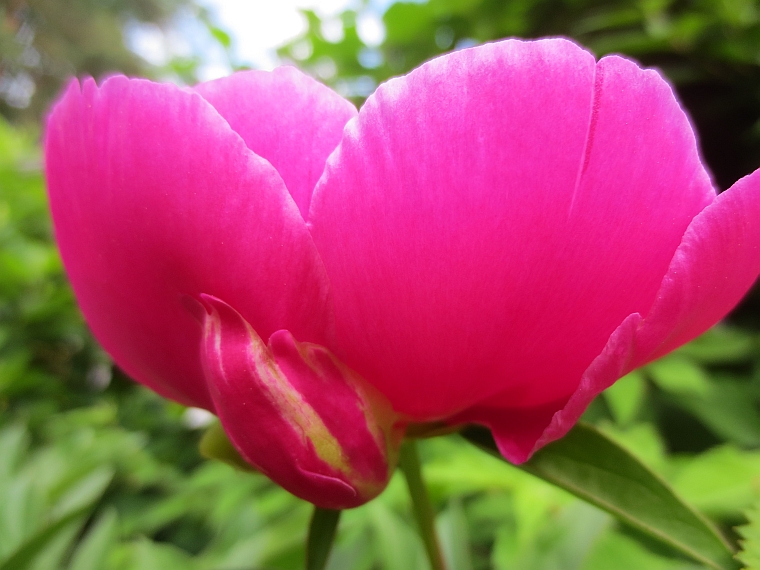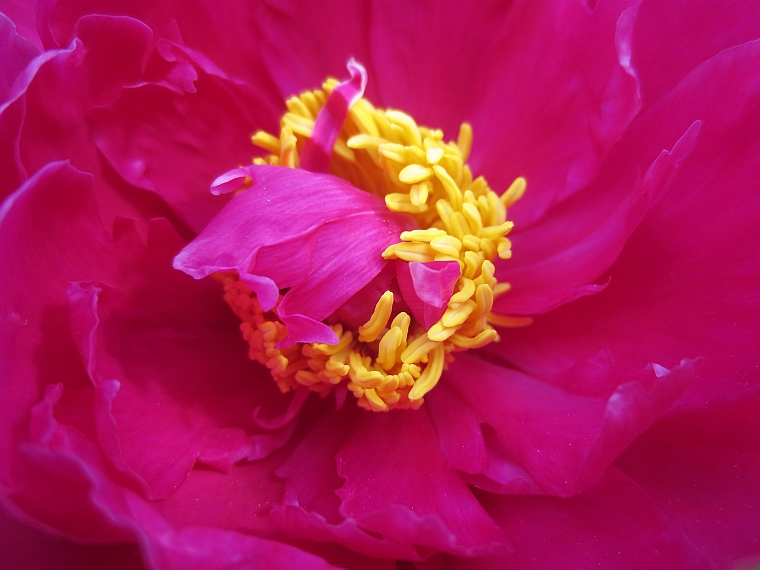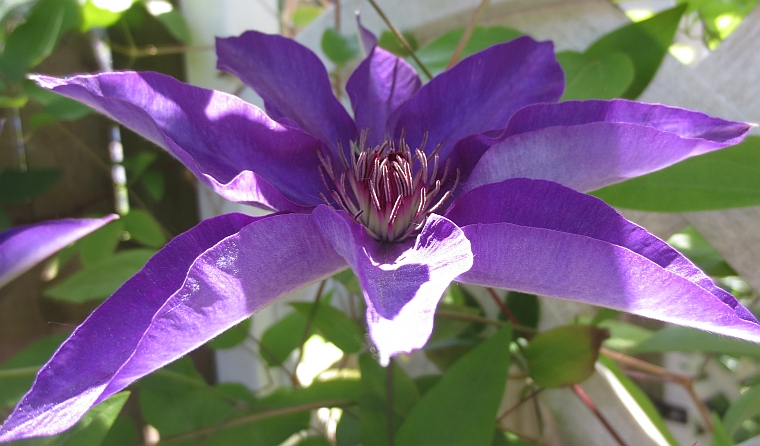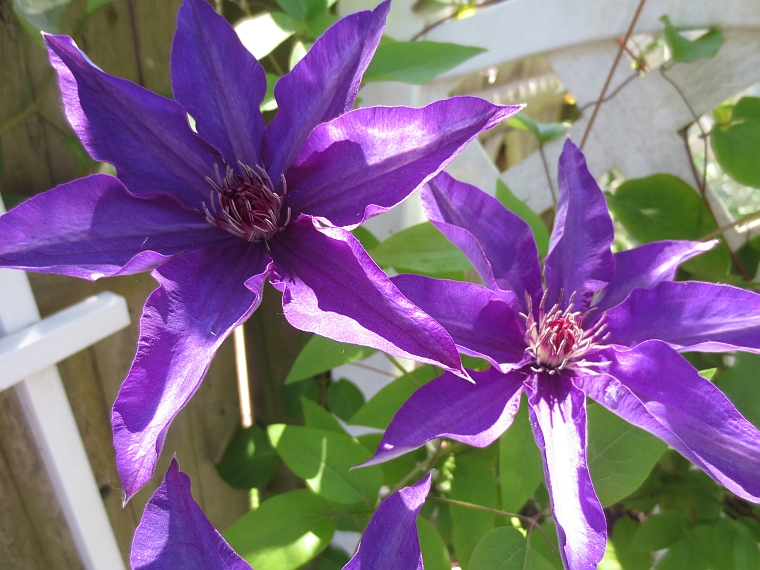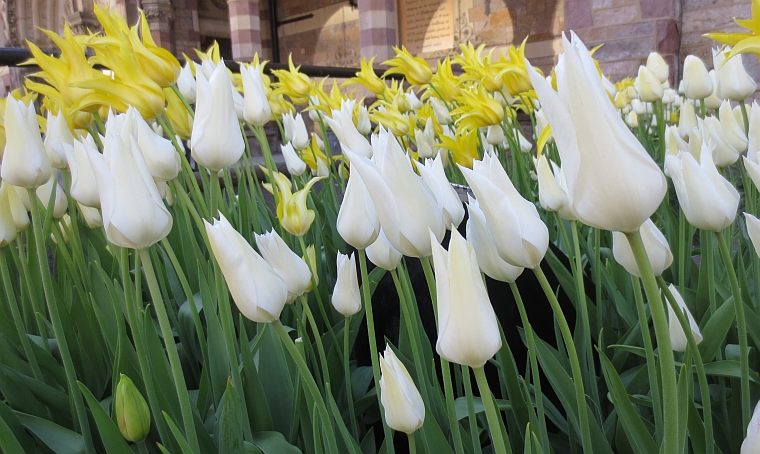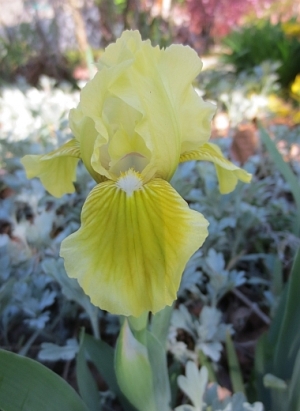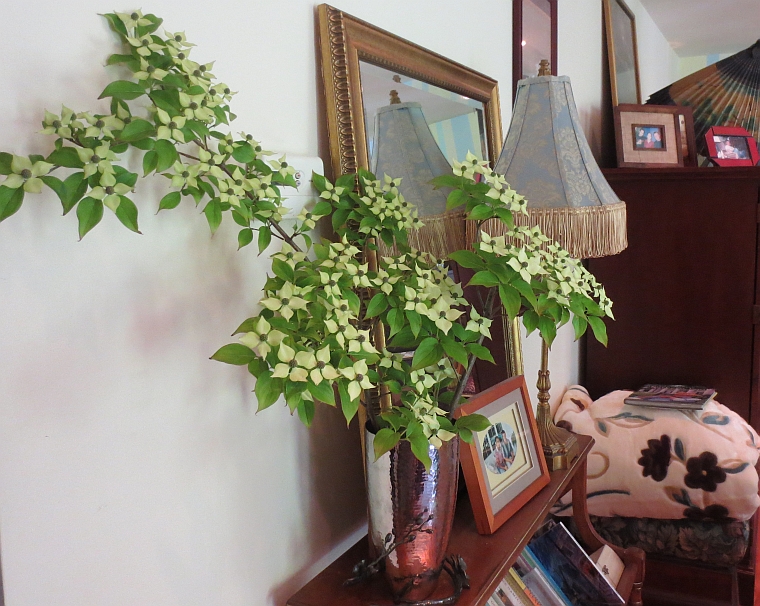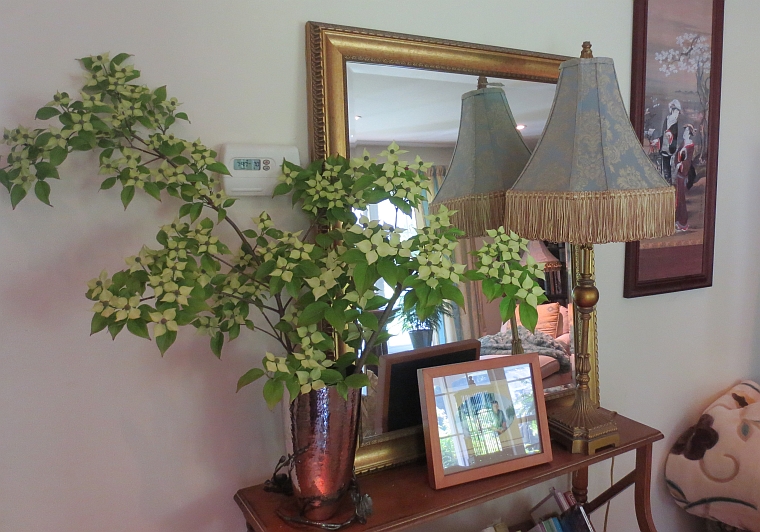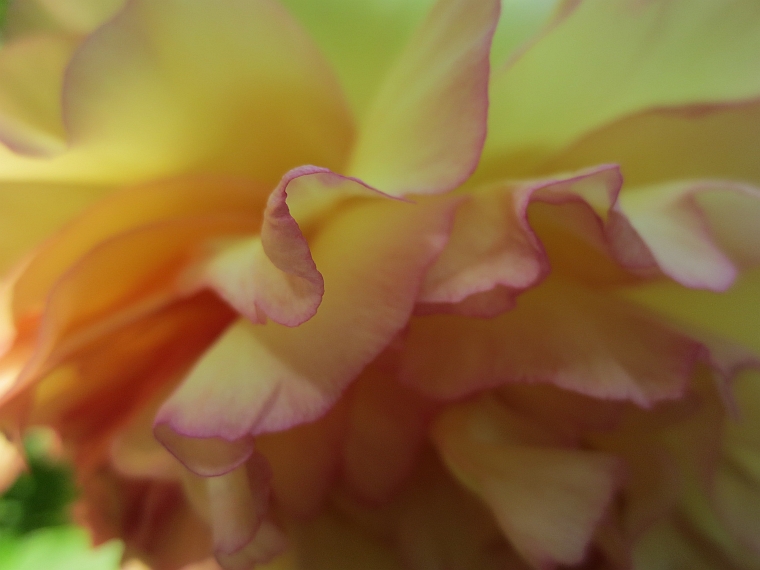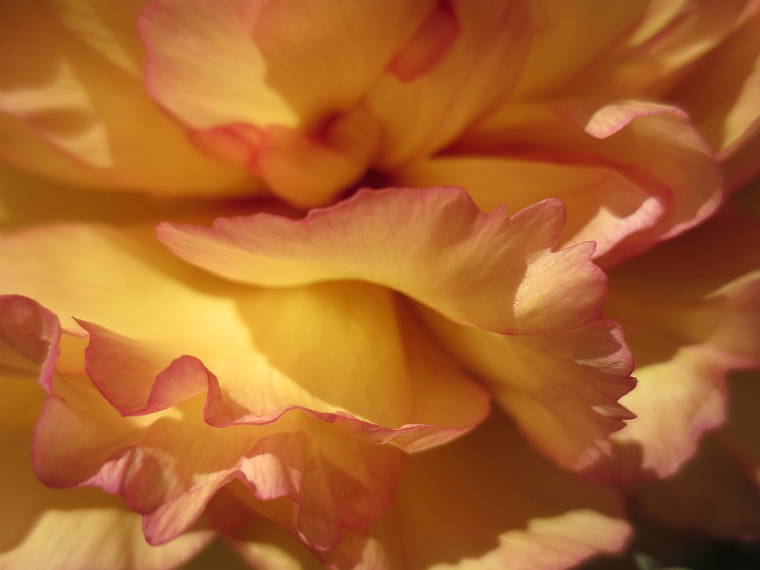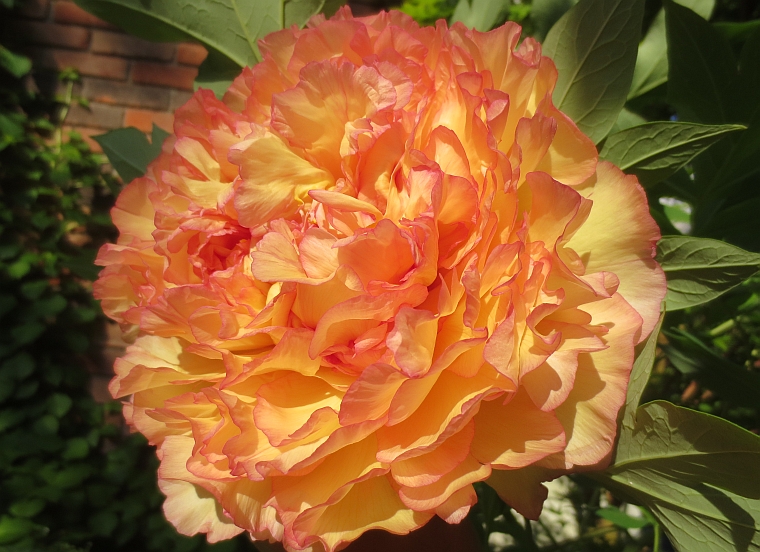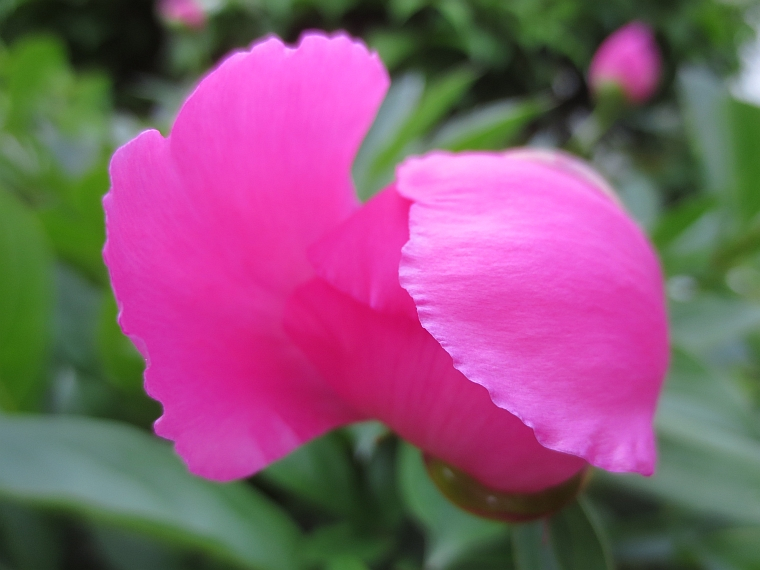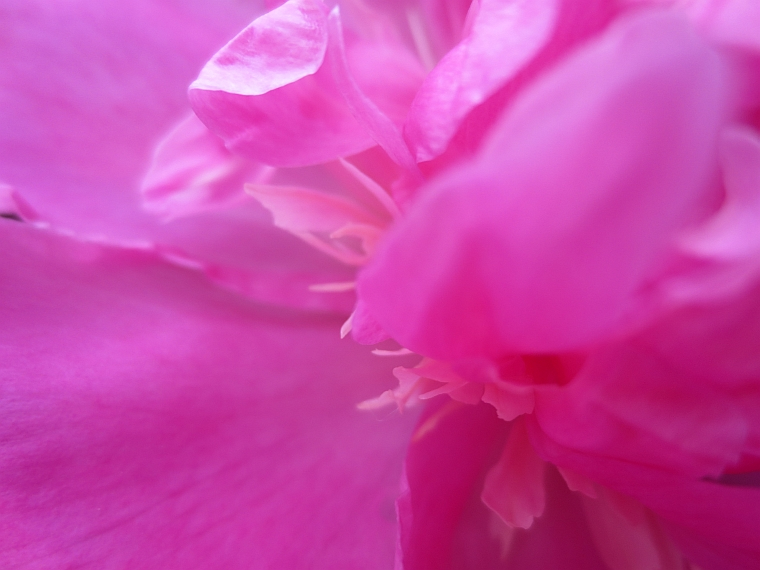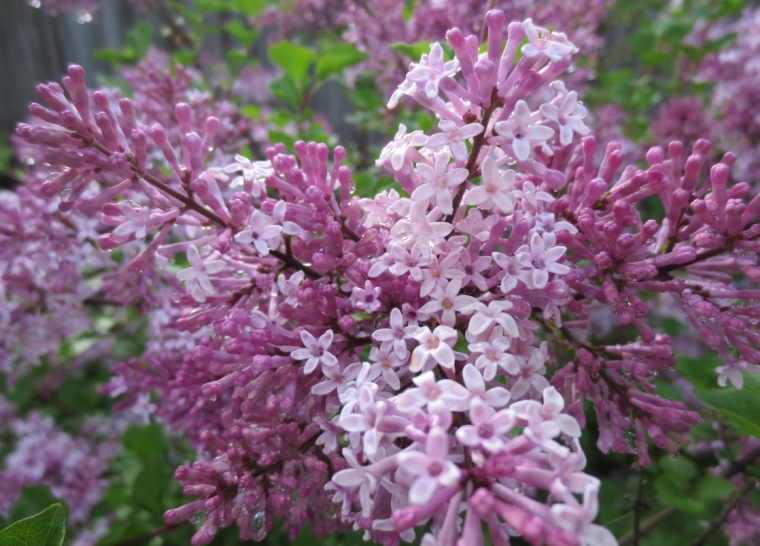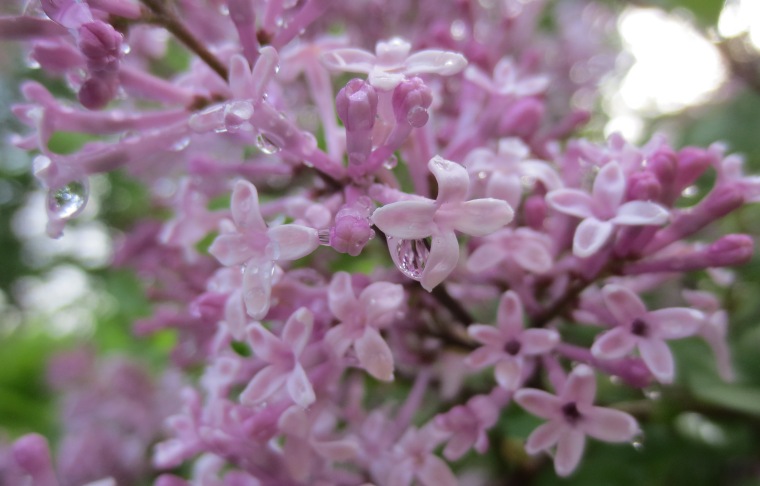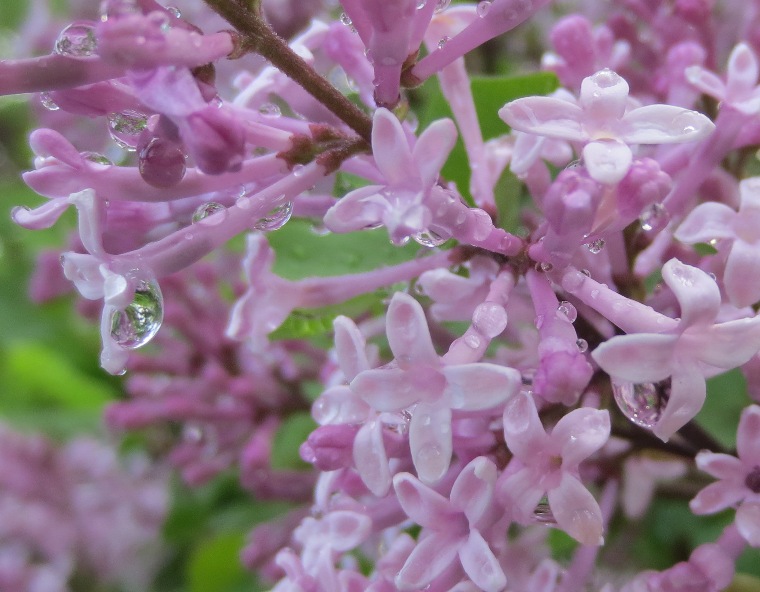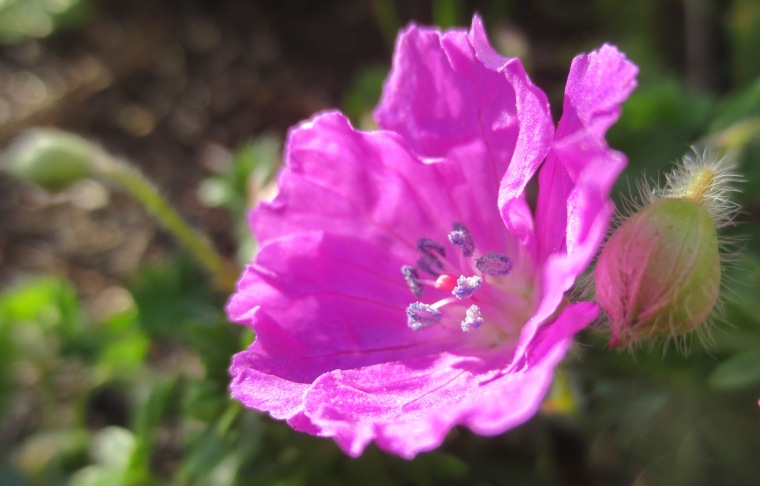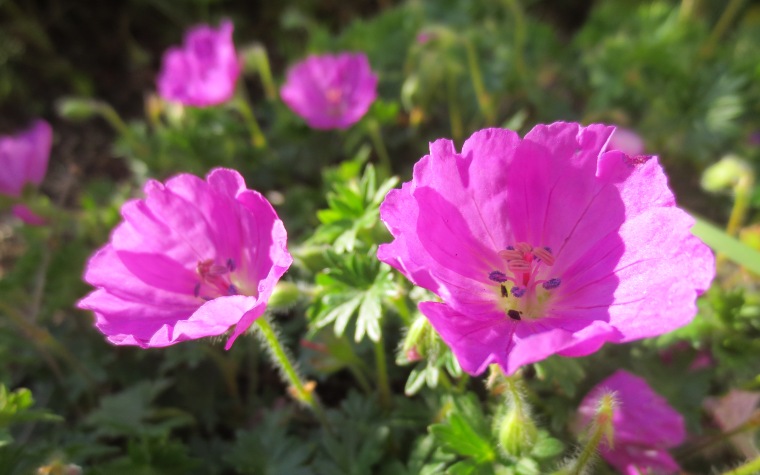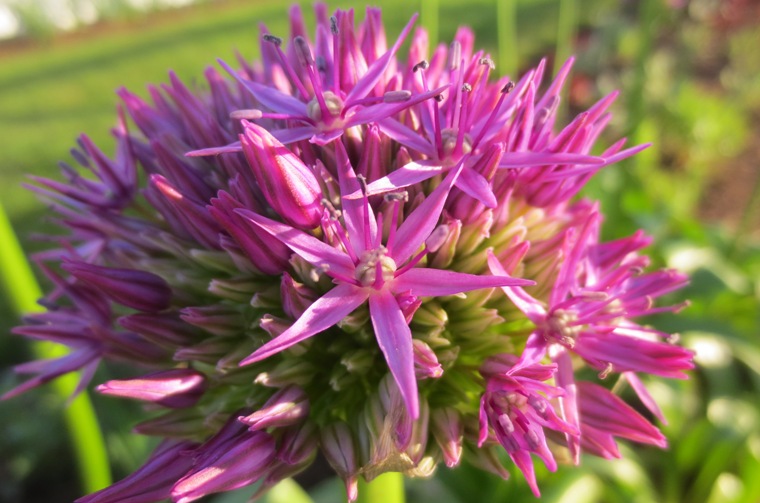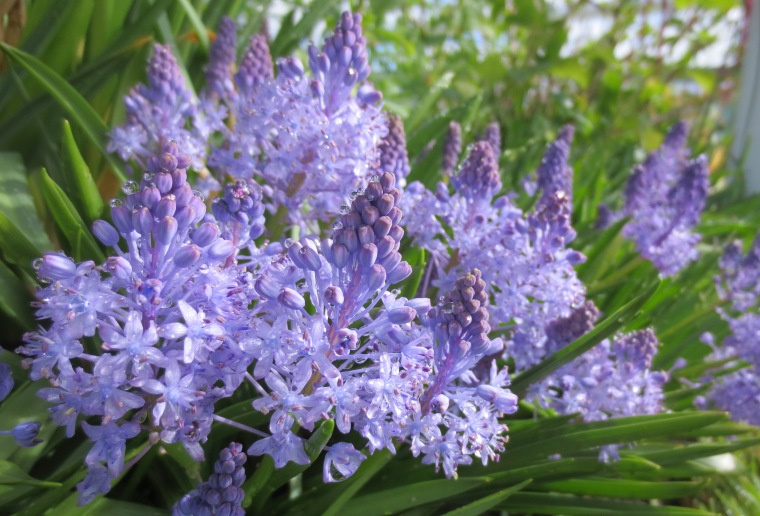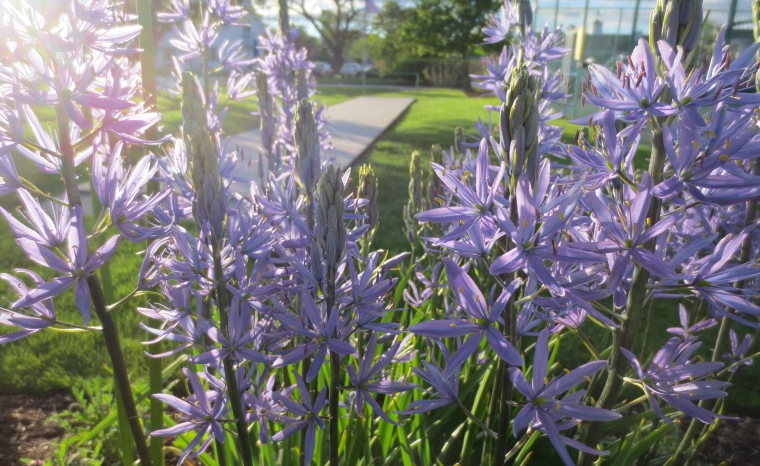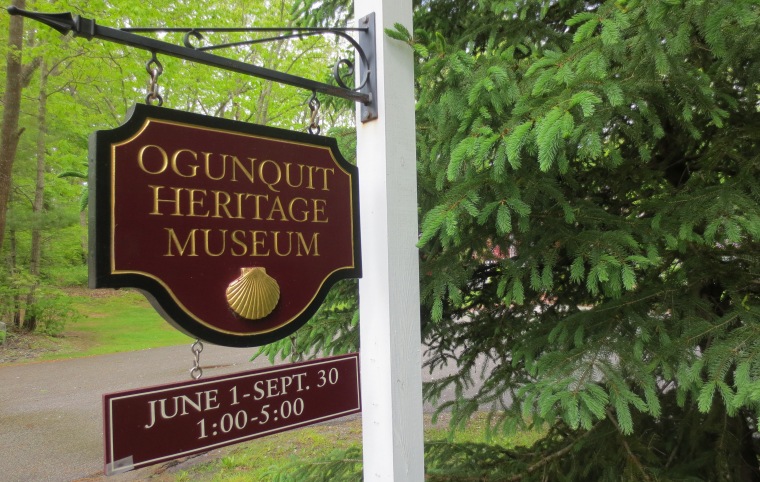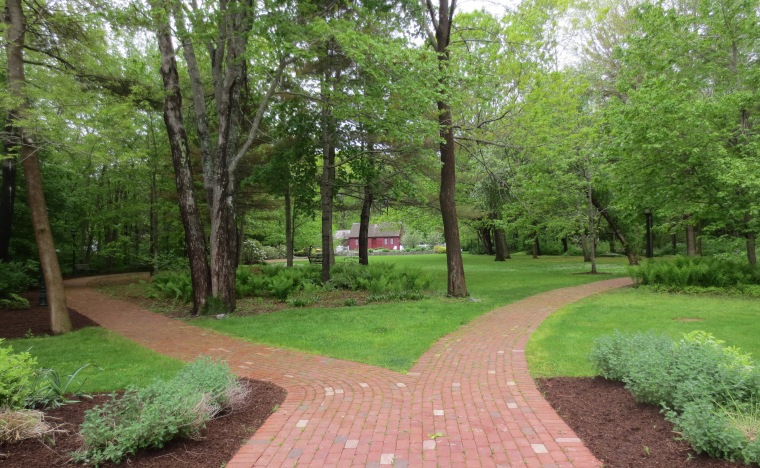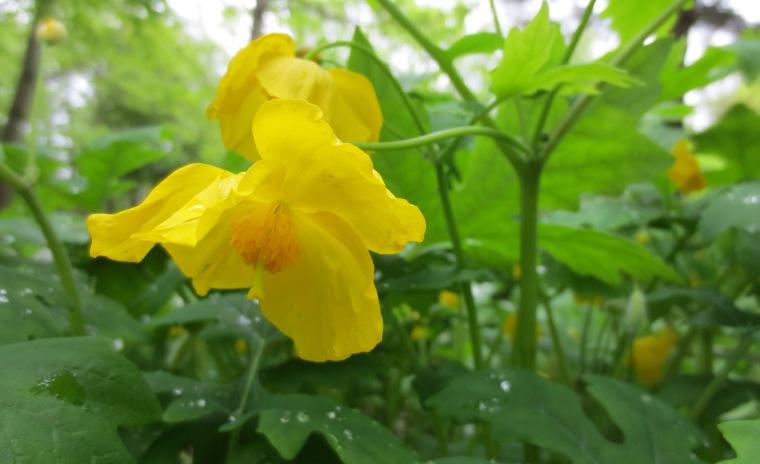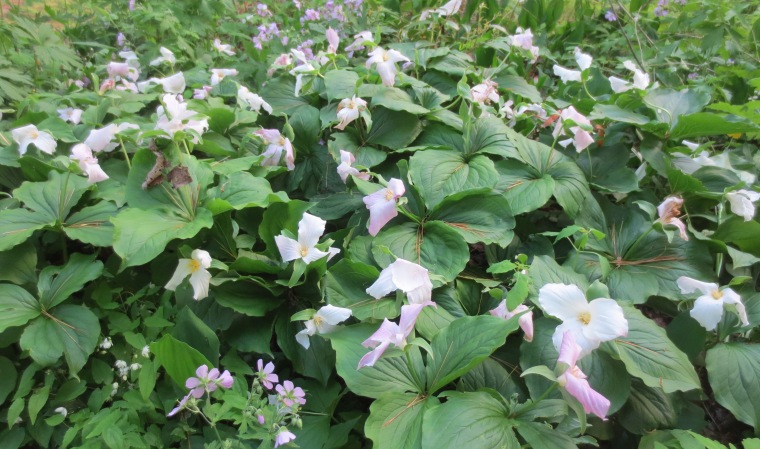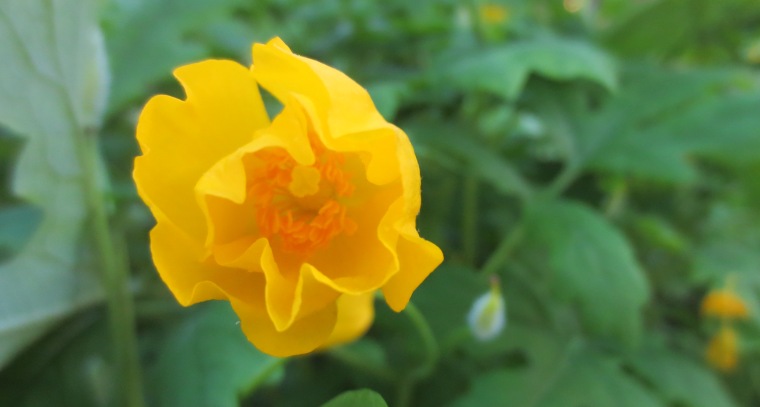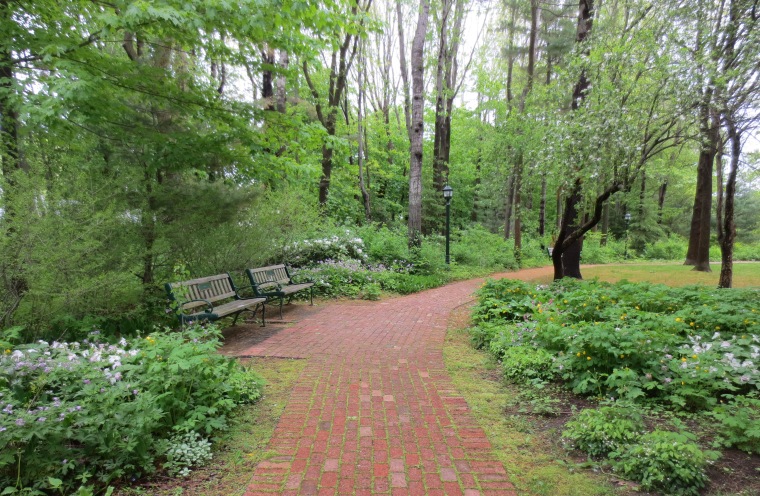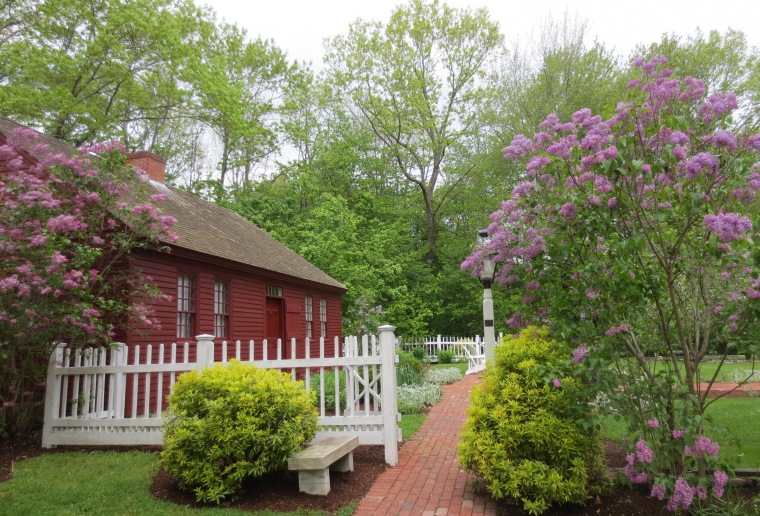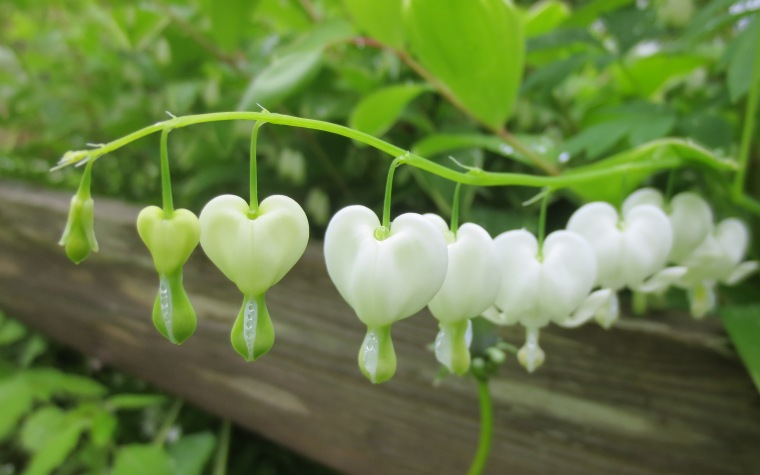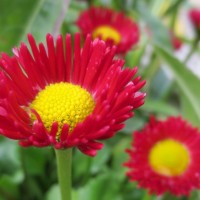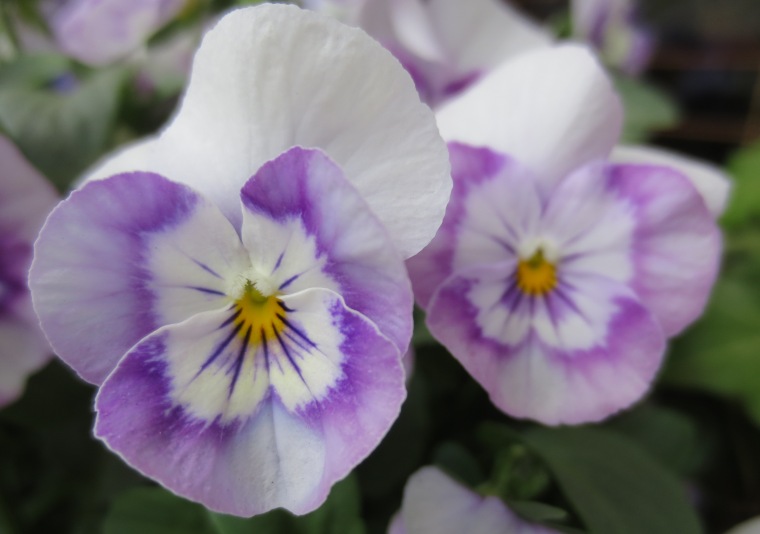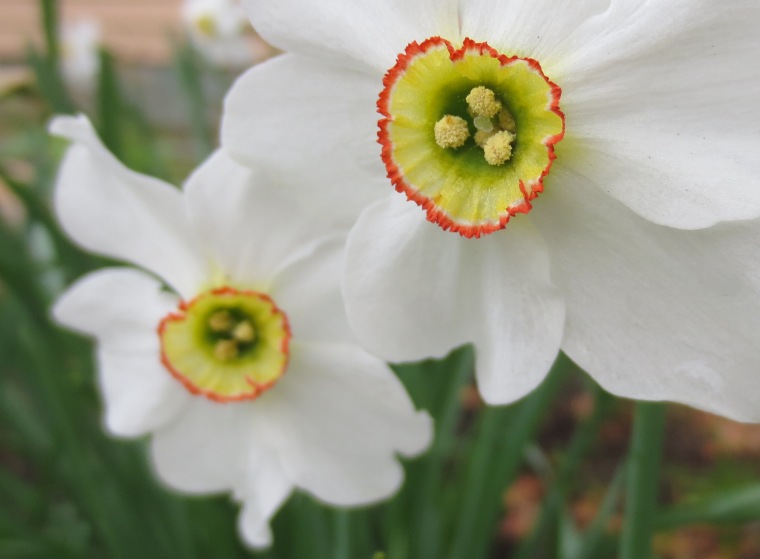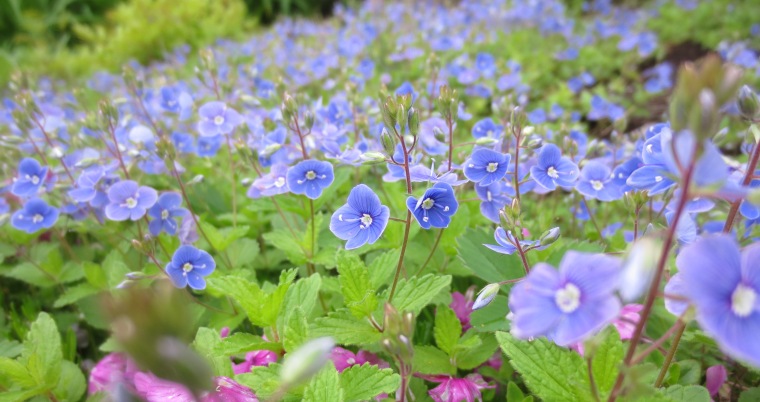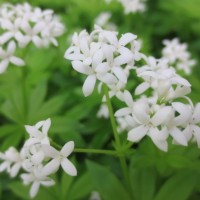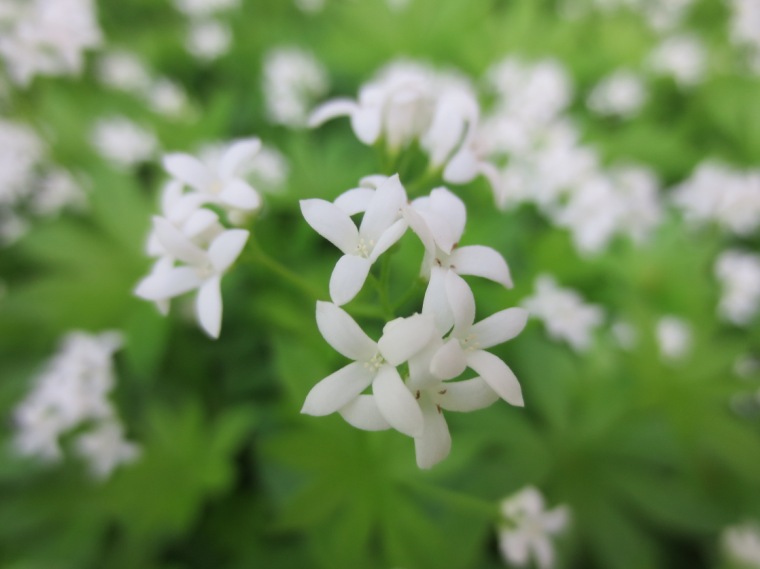This simple and somewhat forgettable bloom is that of the mockorange, and it possesses one of the most deliciously sweet fragrances of the early summer garden. Aptly named due to its olfactorial proximity to the orange blossom, the mockorange is a hardy shrub, rather plain to look at in foliage and branch. In fact, we had two ancient mockorange shrubs on our property when we bought the house, but they were almost unidentifiable as they had been neglected and didn’t bloom for a year or two. I chopped them back and amended the soil, and they returned to former glory. That same year I planted two nursery-procured pots in the backyard, in spots that were, and remain, slightly too shady. They bloom now because they have grown tall enough to tower above the beginning of the roof, reaching the run and showering their sweet perfume from high above. Unfortunately, that’s a bit too high, and they’ve overreached their allotted space. As such, they will need to be cut back drastically this year once they finish their blooming period.
The time period immediately after flowering is usually the best time to prune spring blooming shrubs. Flowering cherries and dogwood and lilacs form next year’s flower buds during the summer, so if you wait until the middle of the season you run the risk of cutting off next year’s blooms. Of course, with the heavy pruning job I have planned for these monsters, there will likely not be any flowers next year. But the backyard needs to be cleaned up, and I’ve let this go long enough. It’s time to get brutal, just as soon as this season’s blooms cease emitting their delectable scent.

